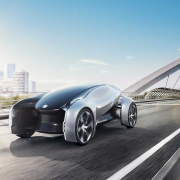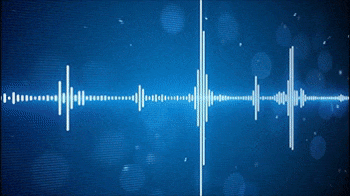BMW unveiled the BMW i Inside Future sculpture
At the Consumer Electronics Show (CES) 2017 the German premium car maker BMW presented the BMW i Inside Future sculpture – a vision of an interior whose architecture and user interface are extensively adapted for fully automated driving on board a vehicle that is seamlessly integrated into the driver’s digital life.
BMW i Inside Future: Innovative control and display technologies
The BMW i Inside Future sculpture at CES 2017 focuses on the opportunities and challenges presented by fully automated driving. What will we be able to do in an interior of the future? What kind of experience will a car journey offer? BMW i Inside Future shows there will be no conflict between personalisation and sharing in the car of the future. It also showcases BMW HoloActive Touch, BMW’s latest take on the future of in-car control and display technology.
BMW HoloActive Touch is the latest chapter in a story that began with BMW iDrive. That system, which was revolutionary when first introduced and was subsequently imitated throughout the automotive industry, was both a substitute for and a complement to conventional switches and buttons.
[bctt tweet=”BMW unveiled the BMW i Inside Future sculpture / #cars #tech #bmw” username=”petervonstamm”]
With the Air Touch system, featured at CES 2016 in the BMW i Vision Future Interaction concept car, BMW presented a panoramic display that can be operated just like a touchscreen – except that there is no actual contact involved. Now this system has been taken a stage further with BMW HoloActive Touch.
BMW HoloActive Touch fuses the advantages of the BMW Head-Up Display, BMW gesture control and intuitive touchscreen functionality with revolutionary technology to create a completely new kind of user interface for the vehicle interior of the future. This innovative interface between the driver and vehicle consists of a free-floating virtual display which is projected in the area above the centre console. The system is operated directly by finger movements, while an ultrasound source provides tactile confirmation of the driver’s commands. That said, in neither case is there ever any actual contact between the driver and the user interface.
The continuously expanding functionality of BMW Connected is based on the idea that the move towards ever-increasing digitalisation, whether on the move or in the home, is set to promote the extensive yet at the same time precisely personalised link-up of every area of our lives. Using the Open Mobility Cloud, BMW Connected will be seamlessly integrated into multiple digital touchpoints. At CES 2017 BMW will be presenting the BMW Connected Window vision to illustrate the possibilities these developments offer for a personalised and intelligent enhancement of digital lifestyles. The BMW Connected Window integrates every type of information relevant for daily mobility planning. Using the Open Mobility Cloud, this virtual window offers digital functions to support personal daily planning and numerous other aspects of individual lifestyles.
The BMW Connected Window extends BMW Connected’s wide-ranging functionality to include digital life at home. It shows the user – at the relevant time and in the relevant area of the home – what actions may be required for personal mobility planning. Since the system is linked up with BMW Connected, exchanging information and contacts, planning the user’s personal mobility agenda and selecting infotainment functions are possible not just in the vehicle and on a smartphone but also on a “big screen” in the user’s own home. The technology is operated using gesture control, i.e. by intuitive touchscreen-style commands – but without actually touching a screen.
You may also like:
Video-Link: https://petervonstamm-travelblog.com/rolls-royce-presents-vision-next-100/

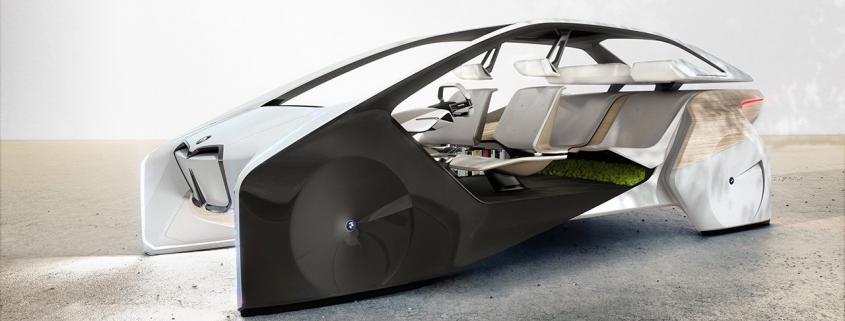
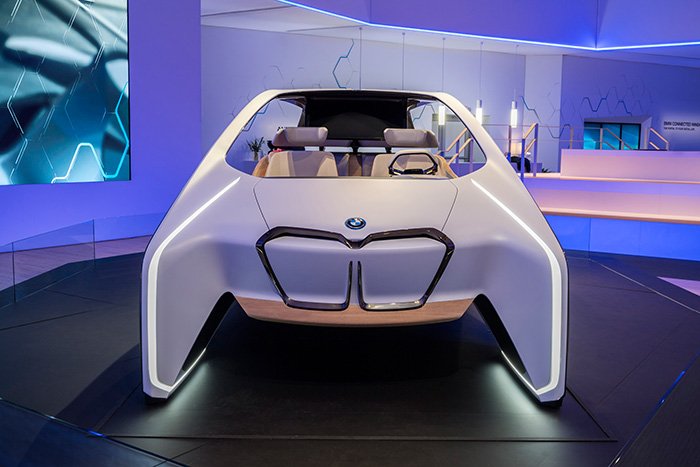
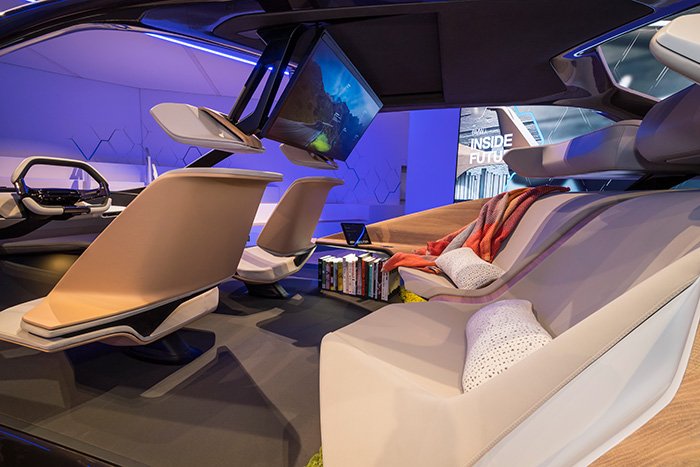
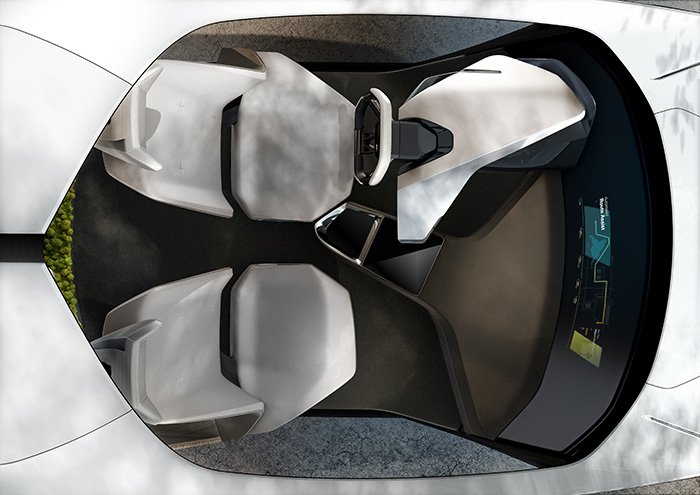
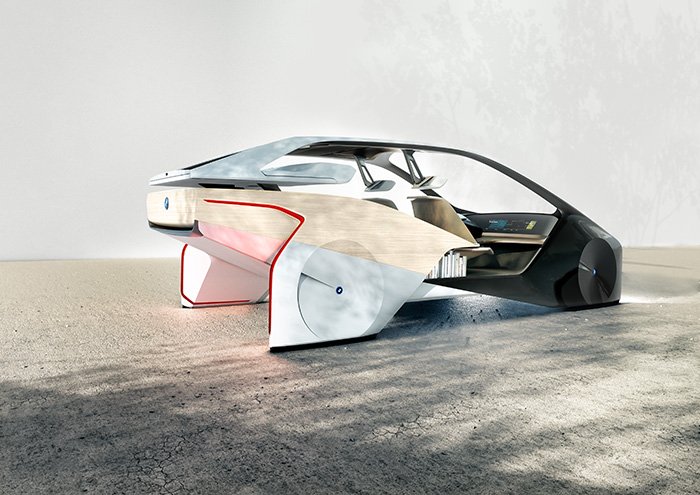
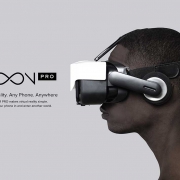



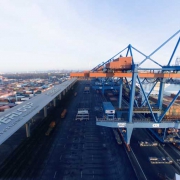 Rendering HHLA/Hyperloop
Rendering HHLA/Hyperloop